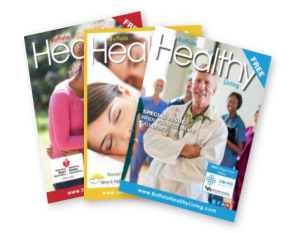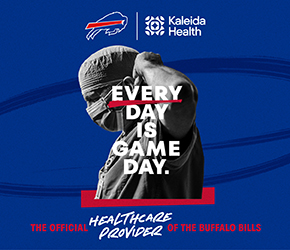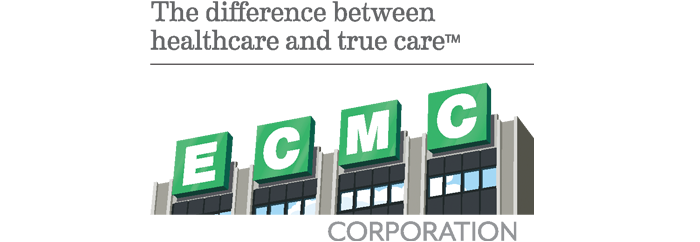UB, Partners Receive $750K Grant to Advance At-Home Stroke Recovery System
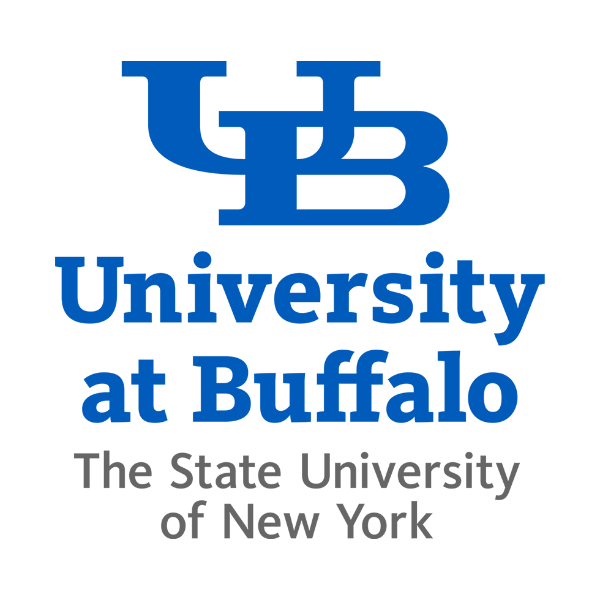
The system, called mRehab, pairs a smartphone app with 3D-printed household objects to help survivors recover
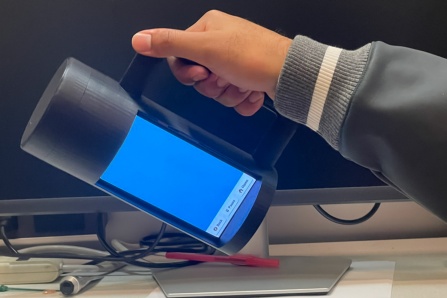
The system includes an app and 3D-printed items, like this mug, for guided stroke rehabilitation exercises. Credit: University at Buffalo.
BUFFALO, N.Y. — More than 700,000 Americans experience a stroke each year, with many survivors experiencing long-term motor impairments that limit their ability to perform everyday activities.
Access to rehabilitation programs often drops off within a few months after a stroke, leaving patients with minimal support when ongoing practice is still needed.
As a result, they’re turning to rehabilitation programs on mobile apps for help, but many apps are developed without the input of people who need them and don’t adapt to real-life challenges.
A University at Buffalo-developed rehabilitation system called mRehab is tackling this challenge, with the goal of helping people recover from stroke at home with greater success than traditional approaches.
UB researchers and partners at Georgia State University were recently awarded a $750,000 grant from the National Institute on Disability, Independent Living, and Rehabilitation Research (NIDILRR) to advance mRehab.
“Our purpose with mRehab is to develop a user-friendly, scalable system that promotes independence and improves the quality of life for stroke survivors while reducing caregiver burden,” says co-principal investigator Wenyao Xu, PhD, professor in the UB Department of Computer Science and Engineering.
The project’s principal investigator is Sutanuka Bhattacharjya, PhD, assistant professor of occupational therapy in the Lewis College of Nursing and Health Professions at GSU. She began working on mRehab in 2017 while a postdoctoral researcher at UB.
mRehab pairs everyday 3D-printed objects with a user’s smartphone to provide interactive exercises. It tracks real-time performance and gives auditory and visual feedback.
In preliminary studies of how stroke survivors were using the app, the team found that a few people found some exercises too challenging and some lost track of how to gauge their progress, but overall, stroke survivors made progress in their physical recovery.
Researchers will use the new award to refine the design of mRehab based on its usability and functionality for stroke survivors. The teams plan to compare its effectiveness against a commercially available system called FitMi.
With a system improved from the feedback of users, the team hopes to see increased engagement from users and better compliance, leading to greater mobility and independence for stroke survivors.
Other UB researchers working on the project include co-principal investigator Lora Cavuoto, PhD, professor in the Department of Industrial and Systems Engineering, whose expertise in ergonomics and human performance is critical for adapting mRehab exercises to the real-world needs of stroke survivors. Her work will ensure that the system not only promotes functional recovery, but also accounts for user comfort to support use during daily rehabilitation.
Also on the team are Hang Jin Jo, PhD, assistant professor in the Department of Rehabilitation Science; and Heamchand Subryan, M.Arch and MFA, director of interaction design at the UB Center for Inclusive Design and Environmental Access. Veronica Rowe, PhD, associate professor of occupational therapy in the Lewis College of Nursing and Health Professions, is also an investigator on the project.








